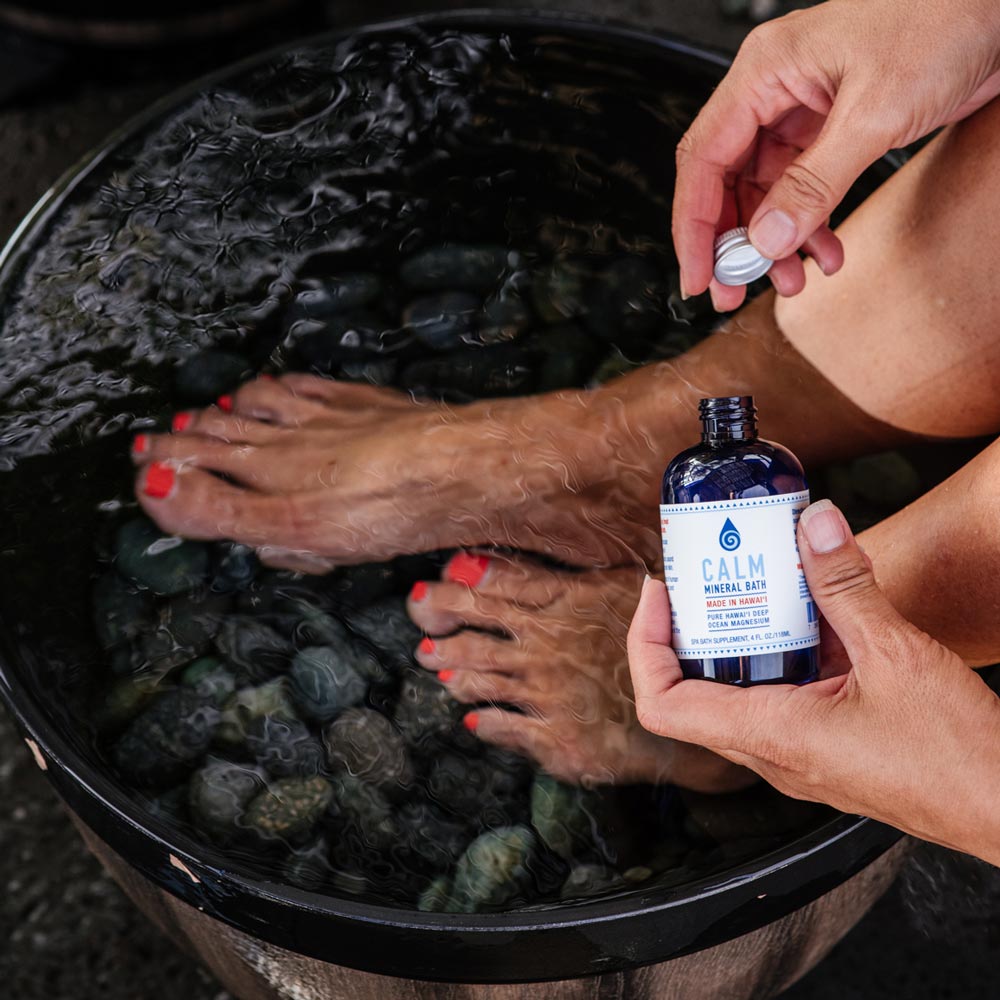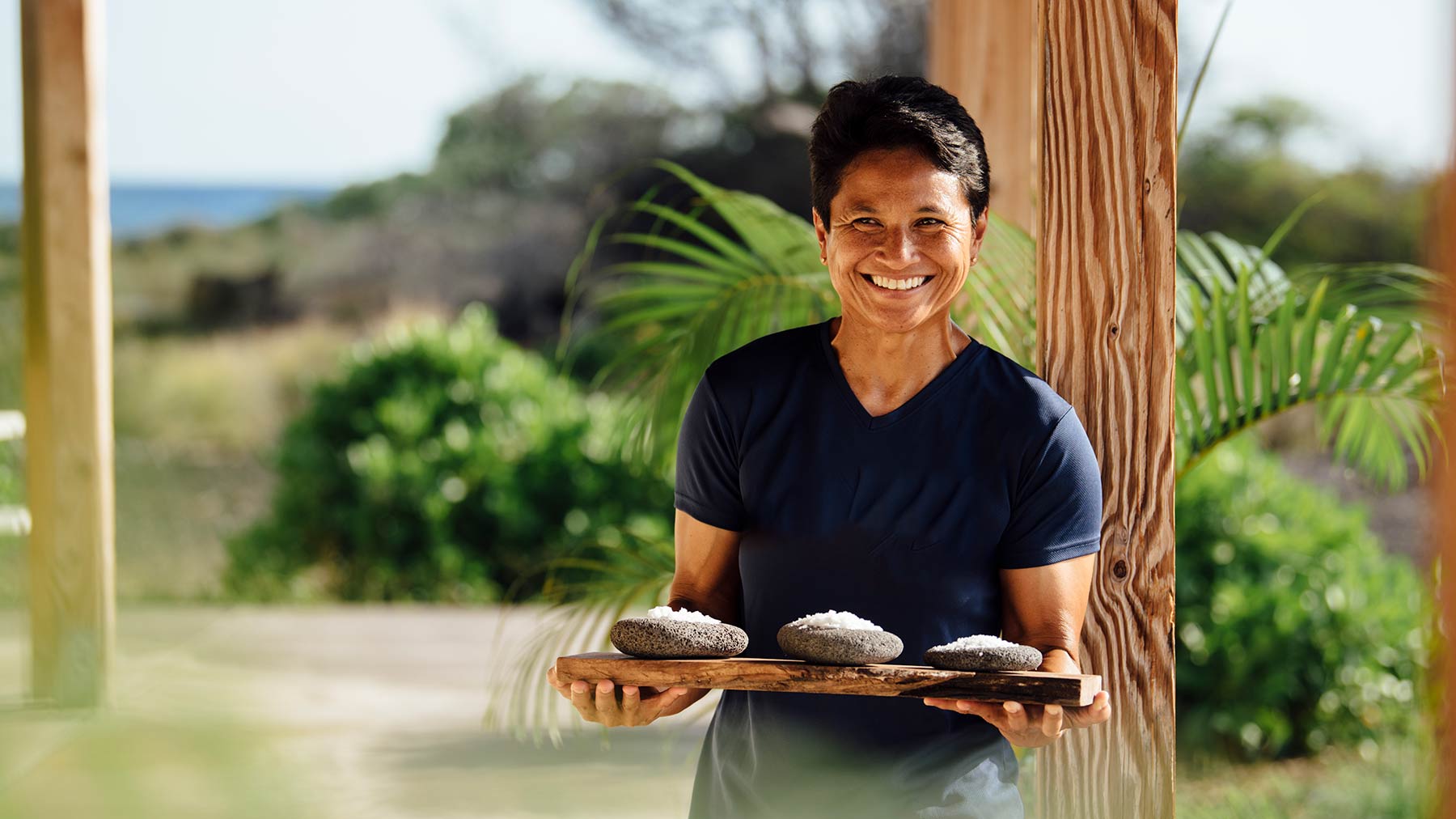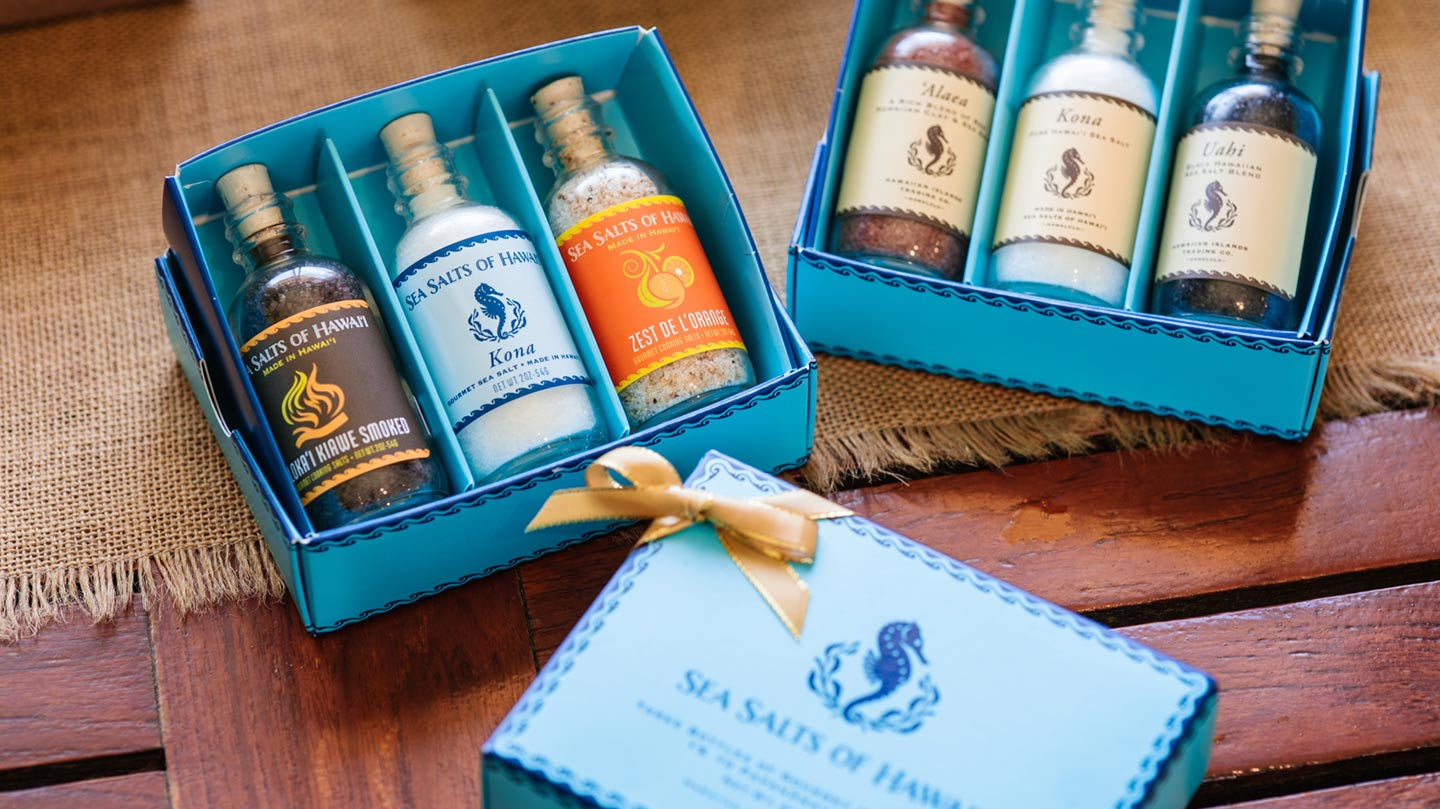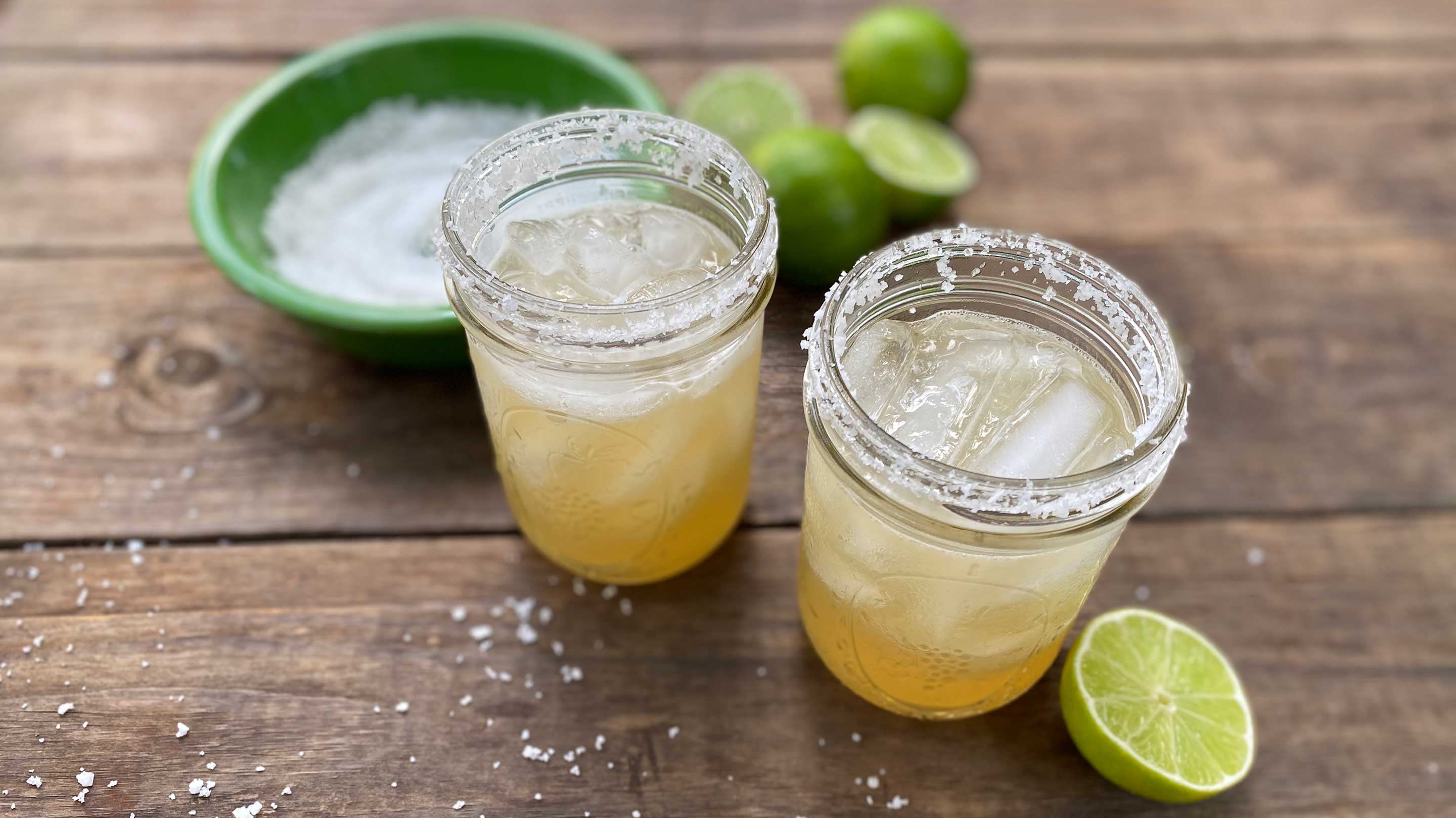About Our Salt Farm
Our oceanfront salt farm is located on the Kona coastline of Hawaii island - the southern-most island and the largest in the Hawaiian island chain. Kona Sea Salt is the only sea salt in the world made from pure, 900 year-old deep ocean water, rich in natural minerals and flavor. Our salt water is drawn from 2,200 feet below the ocean’s surface making it one of the highest quality finishing salts. In addition to gourmet sea salts, as part of the salt making process, we also farm Deep Ocean Minerals as a magnesium supplement, magnesium bath and Nigari - the traditional tofu coagulant.
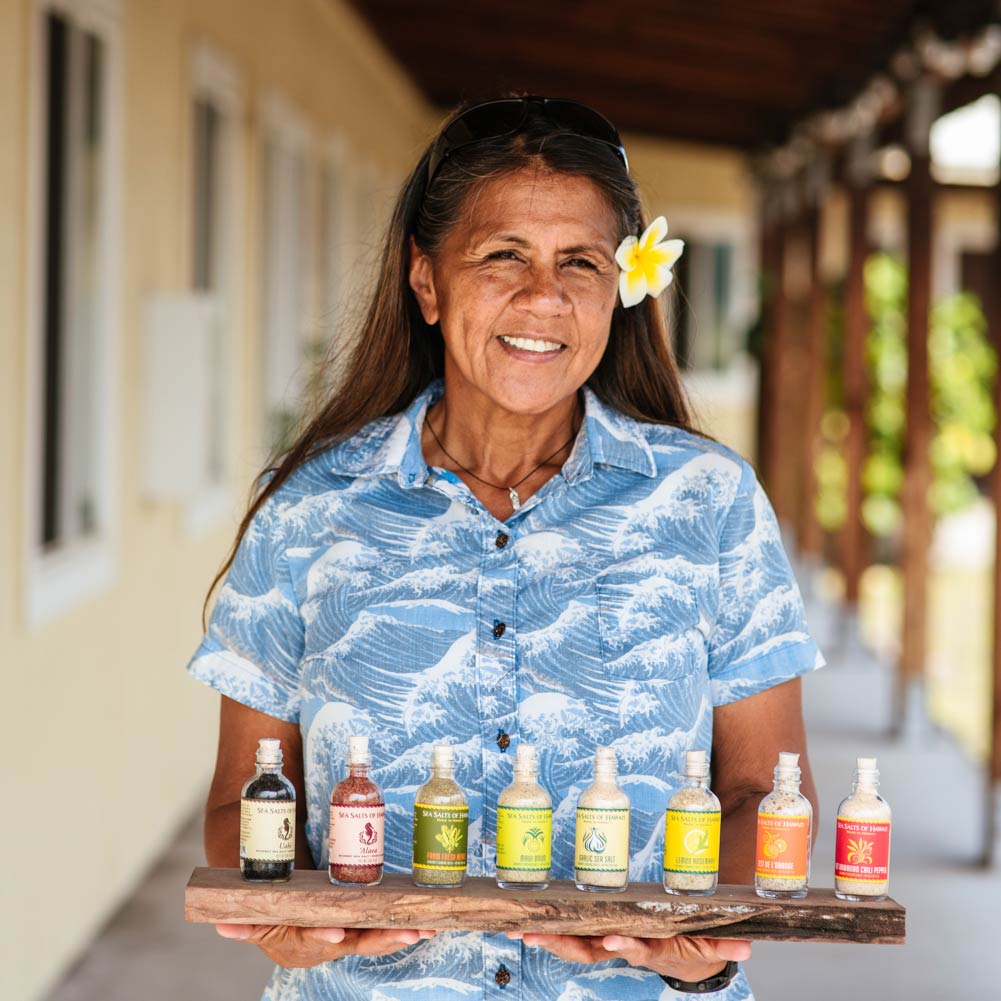
Salt Farm Tours
Join us for a 45 minute tour of our Kona Sea Salt Farm! Located on 7 acres of oceanfront space on Kona Keahole Point, Kona Sea Salt hand harvests Hawaiian Salt from pristine deep ocean waters, 2,200 feet below the surface of the Kona Sea. You will learn about the salt harvesting process and the different kinds of salt variations, how deep seawater is different from surface water, the significance of salt in Hawaiian culture and a brief historical overview of the ancient Hawaiian settlement Ho’ona. Lastly, you will finish the tour with a salt tasting of our Kona Pure and Flavored Salts.
Deep Ocean Water Foot Soak
Join us for an invigorating Deep Ocean Cold Water Foot Soak at our ocean view cabana. Our unique soak uses running Deep Ocean Water coming in directly from the ocean, naturally cold at 47 degrees. The water is rich in magnesium, providing numerous benefits such as reducing pain and swelling, easing muscle soreness, and improving circulation.
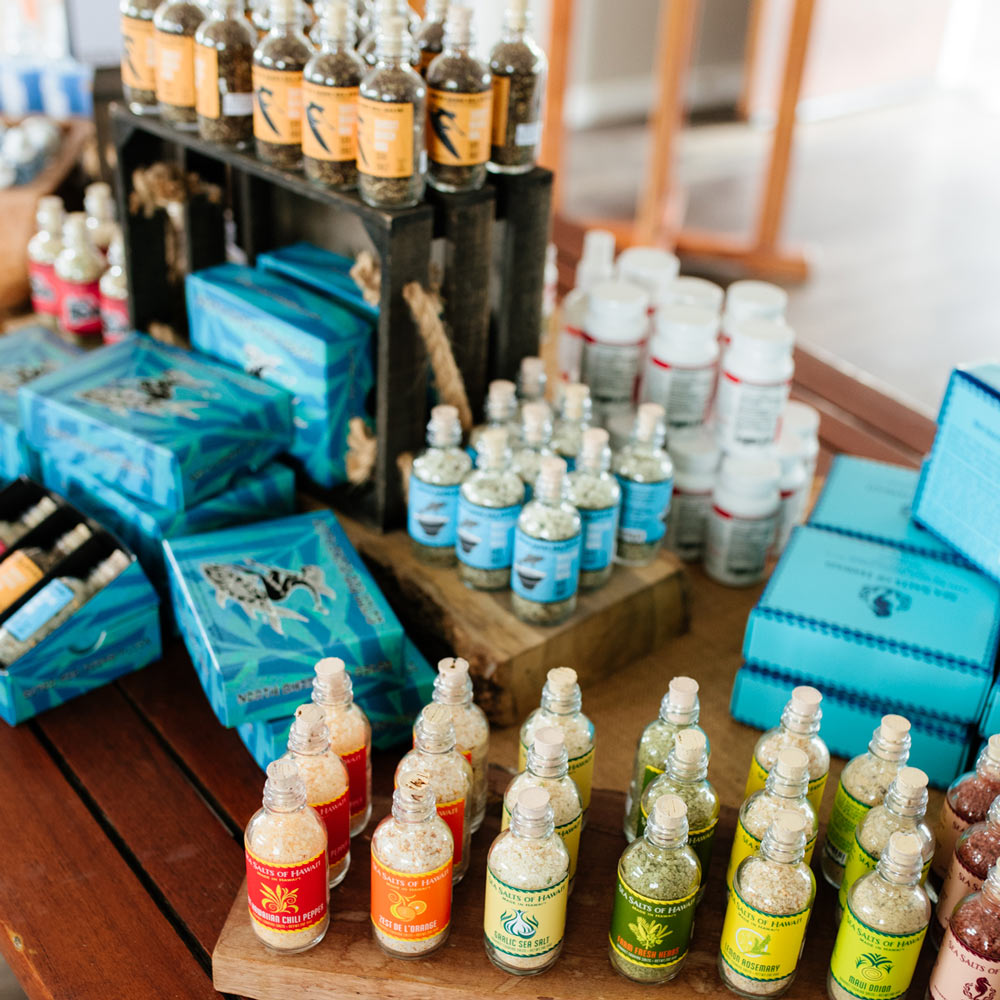
Salt Farm Store
If you are on Hawaii Island, visit our Salt Farm Store and taste some of our Pure Kona Sea Salt and Flavored Salts! Build your own salt gift set with your favorites all while enjoying our beautiful oceanfront setting. We also have our Deep Ocean Magnesium Sparkling Mineral Water to taste and our AstaFactor Astaxanthin Supplement.
Store Hours: Open daily from 9am-4pm
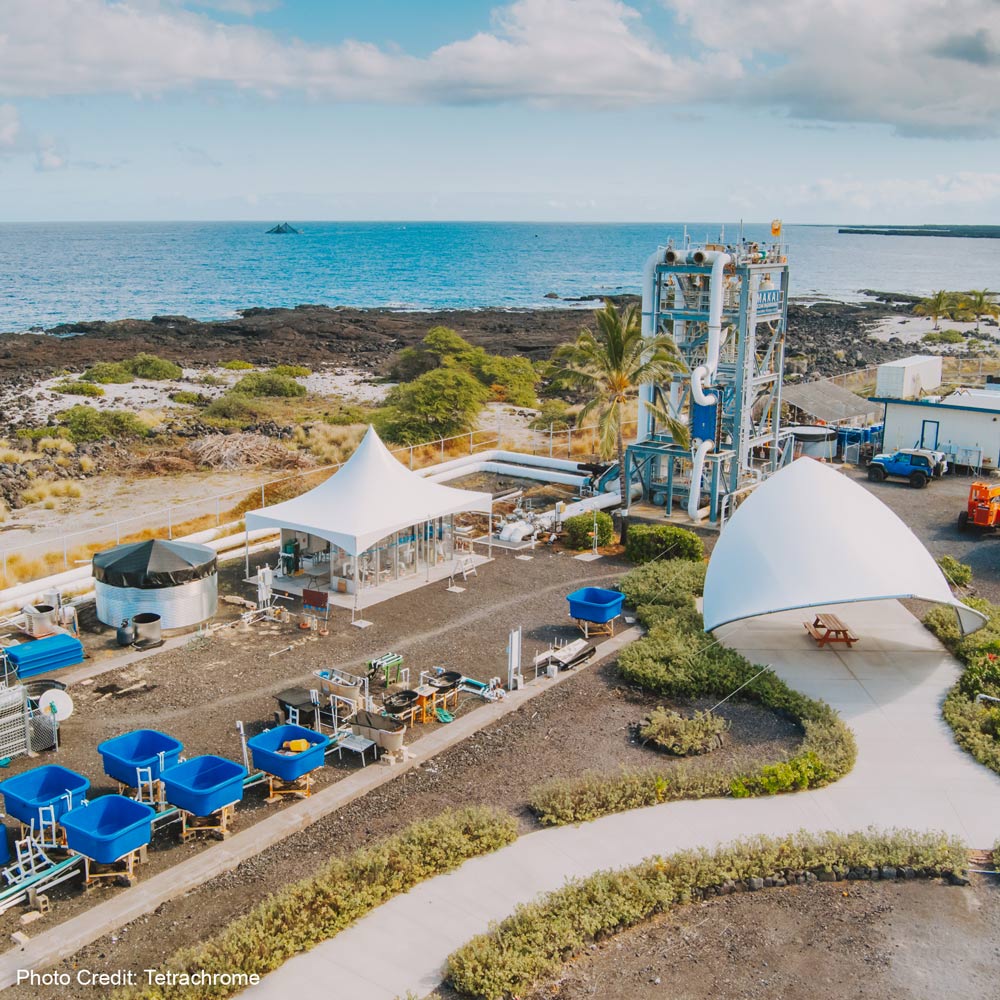
Our Unique Site
Our Salt Farm is located within the Hawaiian Ocean Science & Technology (HOST) Park which is 870 acres located in North Kona near the Kona International Airport. The HOST Park is a hub of innovative companies focused on sustainable aquaculture, renewable energy, and conservation.
It leads in ocean thermal energy conversion (OTEC) and advanced solar energy systems, integrating these with aquaculture to promote eco-friendly growth. The park also features a hydrogen bus station, showcasing practical applications of hydrogen fuel. Conservation efforts include sustainable aquaculture practices, coral restoration and extensive research on marine biodiversity. These initiatives create a synergistic environment that supports technological advancement and environmental stewardship.

Deep Ocean Water
HOST Park’s Seawater Supply System is the only one of its size and capacity in the world with a three-pipe seawater delivery system available on demand 24/7. It provides both ultra pristine and nutrient-rich deep sea water and Class AA nearshore surface waters. These dual water pumping systems harness a thermal differential ideal for a multitude of applications.
It is this water source, that makes our salt different from any other salt in the world. Our salt is produced from waters 2,200 hundred feet deep that is essentially unaffected by human influences and surface pollution.


